WATER
Everyone deserves clean water.
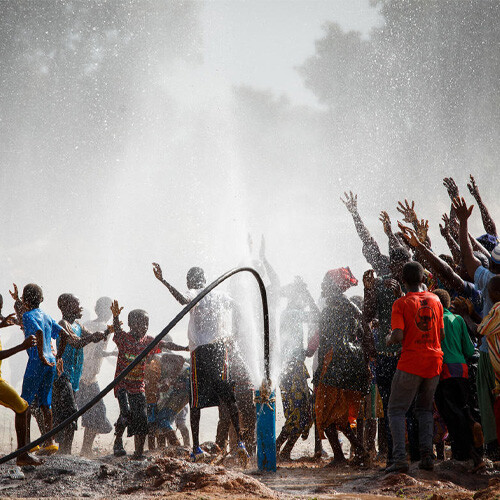
Everyone deserves clean water.
*Reach will require additional support from other sources such as public grants, gifts-in-kind, field offices, and other funding sources.
Give to the Global Water Fund
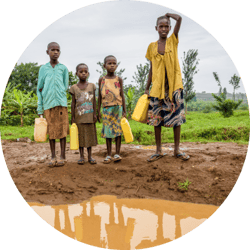
Ending the global water crisis is essential if we are to save lives and end extreme poverty. These are problems that can be solved in our lifetime.
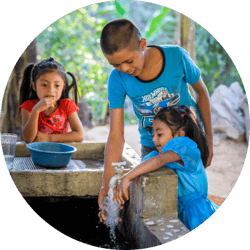
World Vision reached over 25 million people with access to clean water between 2016 and 2022, and is now working to reach an additional 30 million more people in 42 countries by 2030—unlocking opportunities for education, healthcare, and economic growth for some of the world's most vulnerable people.
An independent study funded by the Conrad N. Hilton Foundation and conducted by the University of North Carolina Water Institute in Ghana showed that nearly 80% of wells installed by World Vision were still functioning at high levels after nearly two decades. In contrast, previous studies have shown that 30% to 50% of non–World Vision-installed wells are not repaired when they inevitably break down.
With your partnership, see the impact we’re making. Click here to view the Water Impact Summary.
We reach one new person with lasting access to clean water for just $50.
Trained 10,370 faith leaders in promoting healthy water, sanitation, and hygiene behaviors in 2024.
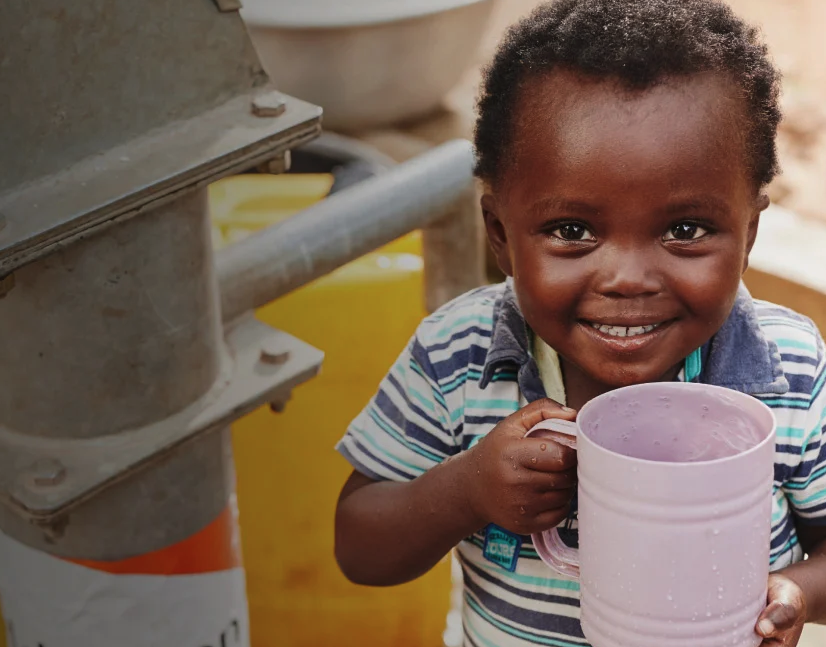
See the people and places whose lives are being transformed in the name of Jesus Christ. Watch videos to learn more about our work.
We are blessed to partner with hundreds of Christian philanthropists and couldn’t do this work without them. And we’re able to reach more people because of our highly collaborative local and global partnerships within private and public sectors.



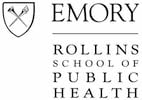
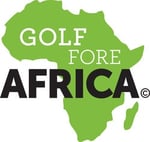










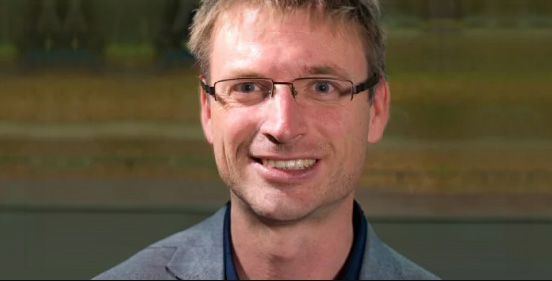
Bruce Gordon
Coordinator for Water, Sanitation, Hygiene and Health at the World Health Organization
“We are grateful that World Vision is driving towards 100% community coverage to improve health impacts. Our cooperation agreement points to a rich future in areas such as work in healthcare facilities and water quality by leveraging World Vision’s on-the-ground implementation and WHO’s supporting linkages with governments.”
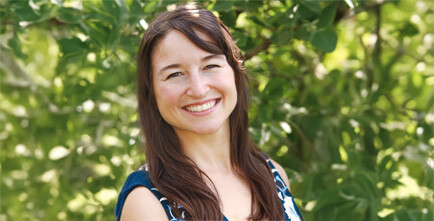
Bethany Caruso
Assistant Professor | Senior Fellow Reckkit Global Hygiene Institute, Emory University
“I applaud World Vision’s commitment to robust and in-depth learning.”
World Vision Inc. is a registered 501(c)3 nonprofit organization. All donations are tax deductible in full or in part.
© 2024 World Vision, Inc. All rights reserved.